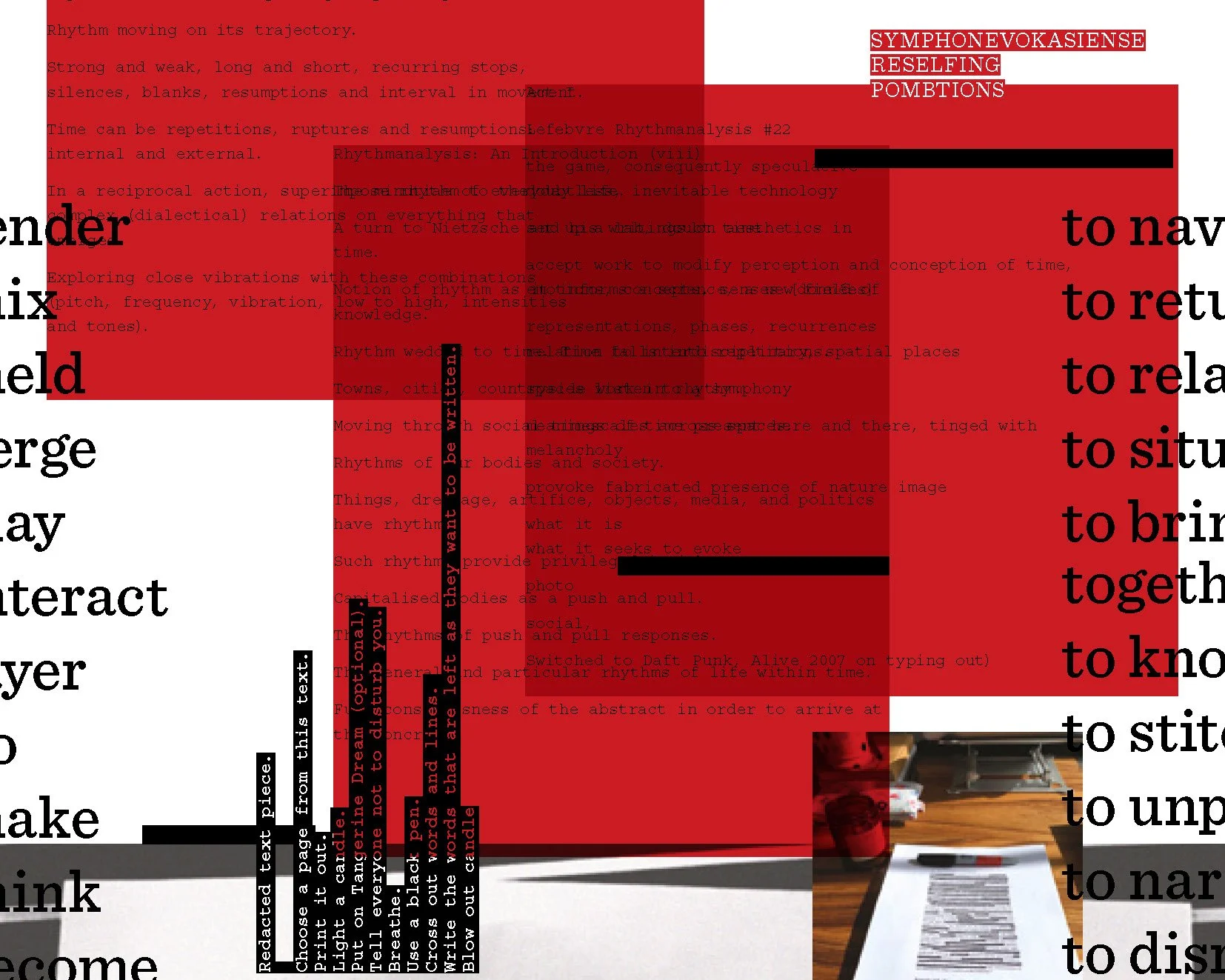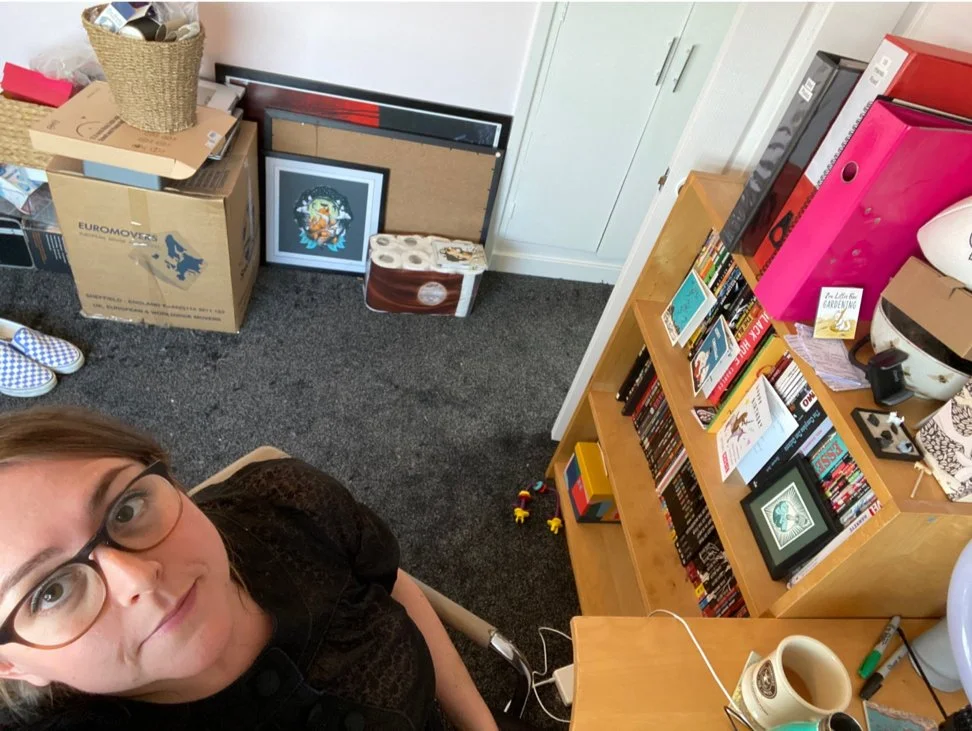Written by:
Mark Shillitoe, International School Delft, Netherlands
Harriet Hand, University of Bristol, United Kingdom
Jennifer Rowsell, University of Bristol, United Kingdom
Abstract: Engaging with the concept of sensory shelfies, this essay exhibits howchildren and adults move across and between sounds, images and objectsto make meaning and to tell stories. We glance beyond boundaries and imagine the notion of the shelf as an ongoing mapping of self where layers of experience enmesh and superimpose, and where our sense of self unfolds in the in-between, liminal spaces. These twelve shelves multimodally depict the porosity and fissures that opened up as we moved fluidly between online-offline spaces alone-together. Putting into practice an experimental and speculative approach to our research (Truman et al, 2020; Springgay and Truman, 2018), we argue for these methods as pedagogies that engage with the dynamic complexity of spaces of self.
Keywords: mapping, multimodality, multisensory, shelfies, relational, pedagogy



